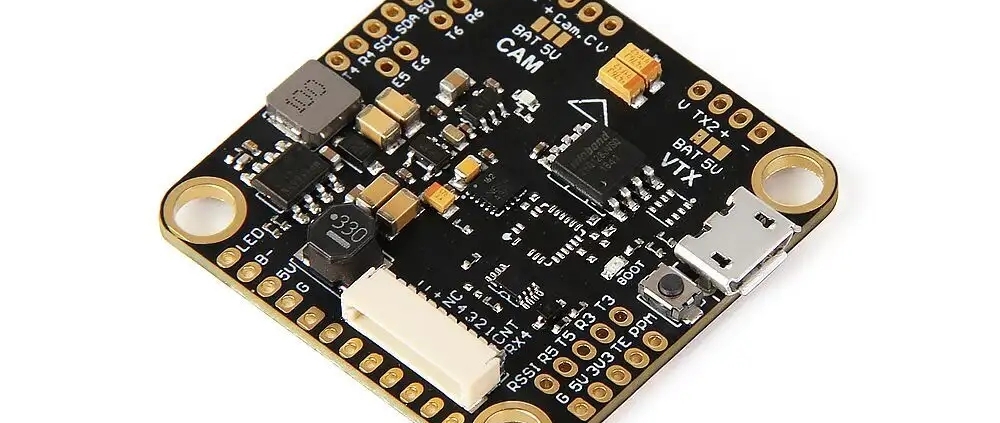Analysis of drone circuit board production tutorial, things you can’t miss!
As one of the representatives of modern technology, drones’ circuit boards are the core components for the normal operation of drones. For drone enthusiasts or practitioners, mastering circuit board making skills is crucial. In the process of making a drone circuit board, every detail may affect the final performance and stability.
1. Material selection and preparation
Material quality: Choose high-quality electronic components, wires, solder and other materials to ensure their stable performance and high reliability. Avoid using low-quality materials, which can cause the board to degrade or malfunction.
Material matching: Select suitable components and materials based on the functional requirements and circuit design of the drone. Pay attention to the components’ packaging form, pin spacing and other parameters to ensure that they match the circuit board design.
2. Things to note during the design stage
Layout rationality: When designing a circuit board, fully consider the layout and routing of components. Make sure the components are arranged neatly and compactly, and the wiring is clear and concise. Avoid excessively long traces or cross traces to reduce signal interference and electromagnetic radiation.
Thermal design: Heat dissipation is an important consideration for drone circuit boards. During the design process, heat sinks, fans and other heat dissipation equipment must be reasonably arranged to ensure that the circuit board can maintain good heat dissipation performance during operation.
3. Things to note during the production process
Environmental control: When making circuit boards, pay attention to controlling the temperature, humidity and cleanliness of the working environment. Avoid making circuit boards in a humid and dirty environment to avoid affecting the welding quality and circuit board performance.
Soldering skills: Soldering is one of the key aspects of circuit board production. During the welding process, the welding temperature, time and intensity must be mastered. Avoid excessive welding temperature or too long time, which may cause component damage or poor welding.
Testing and debugging: After completing the soldering, the circuit board needs to be fully tested and debugged. Use professional testing instruments to conduct functional and performance tests on the circuit board to ensure that the circuit board has no hidden faults and has stable performance. During the debugging process, it is necessary to carefully observe the operating status of the circuit board and find and solve problems in time.
4. Safety protection
Anti-static: During the production process, be sure to pay attention to anti-static measures. Use anti-static bracelets, anti-static mats and other tools to prevent static electricity from causing damage to electronic components.
Anti-corrosion: The metal parts of the circuit board are susceptible to corrosion, so pay attention to anti-corrosion measures. Avoid exposing the circuit board to a humid environment for a long time, and clean and maintain the circuit board regularly.
5. Recording and Summary
Production records: During the production process, it is recommended to keep detailed records, including materials used, production processes, problems encountered and solutions, etc. This helps to summarize experiences and lessons and improve production levels.
Problem summary: Problems and difficulties encountered during the production process should be summarized and analyzed in a timely manner. Find out the cause and solution of the problem to avoid repeating mistakes in subsequent production processes.
Drone circuit board production is a job that requires care and patience. Only by mastering the correct production methods and precautions and putting them into practice can we produce a drone circuit board with stable performance and reliable quality.




